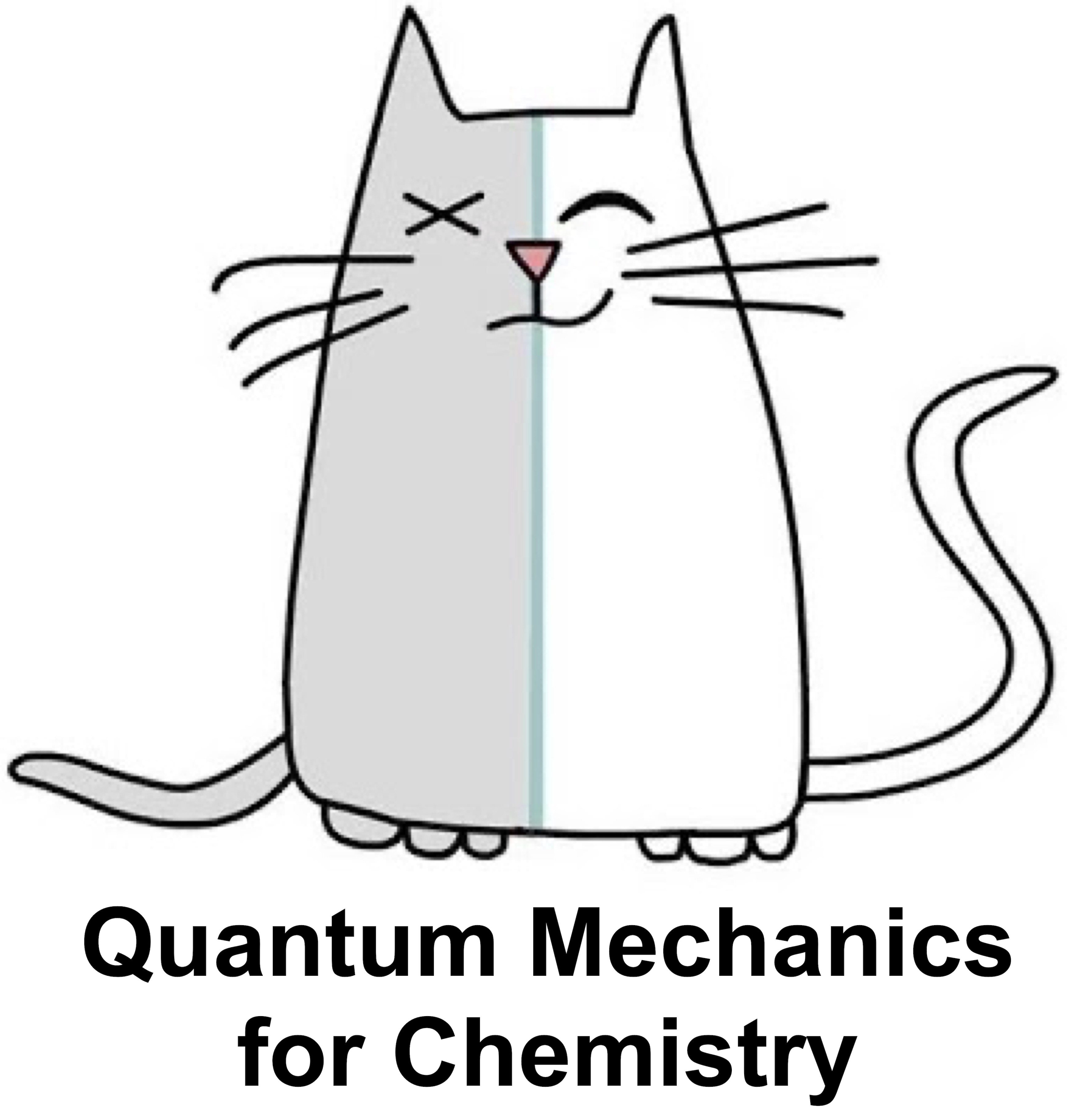Helium atom#
The Schrodinger equation for helium atom is already extremely complicated from the mathematical point of view. No analytic solutions to this equation has been found. However, with certain approximations, useful results can be obtained. The Hamiltonian for He atom can be written as:
where
Approximation#
Ignore the ``Tough’’ term containing
Because the Hamiltonian is a sum of two independent parts, the Schr”odinger equation separates into two (each hydrogelike atom equation):
The total energy is a sum of
For a ground state He atom both electron reside on the lowest energy orbital and therefore the total wavefunction is
A better approximation#
We can take the wavefunction from the previous step and use the nuclear charge
By judging the energy, we can say that this new wavefunction is better than the previous wavefunction. The obtained value of
In order to minimize energy we should differentiate it with respect to
The above equation gives
Another type of approximate method is based on \underline{perturbation theory}, which would typically assume that the electron – electron repulsion is treated as an additional (small) perturbation to case 1) above.
